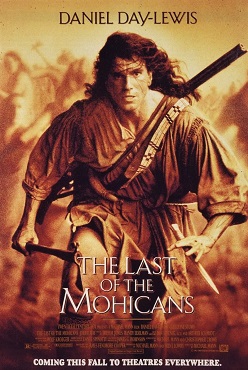From The
Archives Of The Struggle Against Climate Change And Animal Preservation-West
Coast Version
By Bart Webber
Yeah, today I
am again on the soapbox (in the old days, the very old days the ordinary old
days being my youthful times in the 1960s orators of all kinds would go to a
place like Central Park or Boston Common and harangue the crowds on anything
from the virtues of socialism to the value of some homemade remedy sold cheaply).
As we swelter in the excessive summer heat I want to once again climb on the
climate change issue and particularly as it relates to the effect on animal
habitats and routines. Today, maybe literarily today, we are so wedded to the
very real idea that climate change is knocking us for a loop that we forget
that such efforts to fight the worst effects of the crisis have been going on
for a long time. As I have mentioned previously one of the key leaders who
noticed something was dramatically wrong was Johnny Allan, a figure out of the
mold of John Muir, guys like that. Johnny was one of the early advocates of the
very sound idea that we do something about the matter before it got too late,
too expensive or we didn’t have the technological resources to combat whatever affront
we had made to Mother Nature.
Johnny Allan,
he was from the South so Johnny named not John, had a fistful of degrees and a
few awards although not the big one which would have helped his “street cred”
as he started sounding the warnings back in the early 1970s. Of course Johnny’s
name will always be associated with the now overdone use of animals to get
donations to help save them. Johnny was worried about what all the changes would
do to the animals in the wilderness when their sources of food got mixed up. Johnny
had the very bright idea of going to the people who ran the San Diego Zoo and
asked them to install many canisters around the park asking kids, really parents
but pitched to kids to throw their surplus coins from their purchases into the
kiddy.
There is more
to the Johnny Allan story though and it also relates to the San Diego Zoo with
which he was associated with for many years. Johnny put in many years of
thoughtful study (see photograph below) thinking through the idea of making
animals in captivity more comfortable, more in tune with their natural habitats.
One of the first things he protested about was the idea of bringing polar bears
and penguins to the zoo which would have entailed a vast array of structures
and conditions that did not make sense in a semi-tropical climate. I believe he
got an award for that long effort. That struggle against changing habitats became
the central thrust of his later work when he got, finally got the zoo (and others
followed suit) to make the spaces the animals were caged in more like home. I
remember one demonstration inspired by his work by a bunch of UCal/San Diego students
protesting that the giraffe should have much more room and larger trees to feed
from. Yeah, they don’t make them like Johnny Allan anymore. He did his stuff
for free, for love unlike the paid guys these days.

.jpg)
